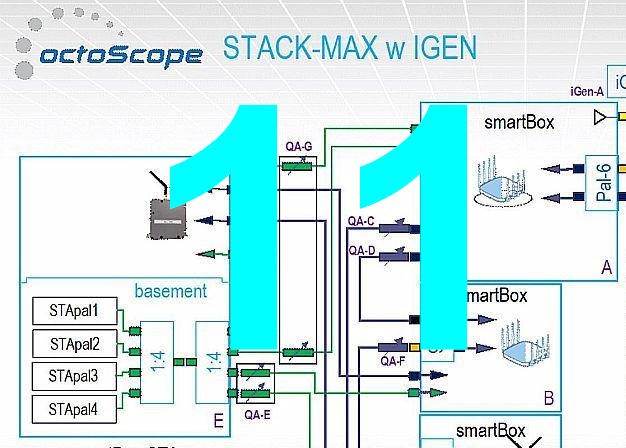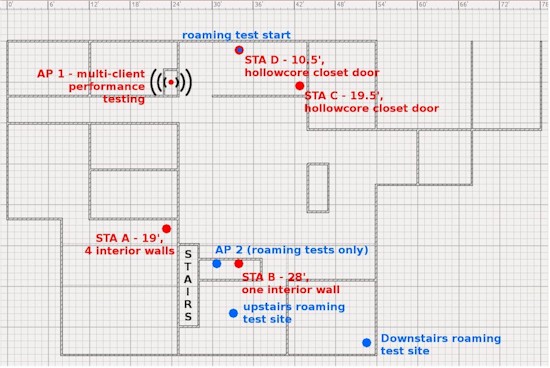
Our Revision 11 process brings multiple clients and a change to WAN-based testing.
Continue reading on SmallNetBuilder
Last edited:

This was a tough birthing. The system can do so much more. Boiling things down to chartable and digestable benchmarks was a real struggle!

 www.smallnetbuilder.com
www.smallnetbuilder.com
Our Revision 11 process
Thanks, @sfx2000 . As I said, getting the list of potential benchmarks winnowed down was tough. You should see the tests left on the cutting room floor.Having seen the first formal review based on the process - nice work!
You should see the tests left on the cutting room floor.
SNB: The Snyder Cut, coming up soon?

Welcome To SNBForums
SNBForums is a community for anyone who wants to learn about or discuss the latest in wireless routers, network storage and the ins and outs of building and maintaining a small network.
If you'd like to post a question, simply register and have at it!
While you're at it, please check out SmallNetBuilder for product reviews and our famous Router Charts, Ranker and plenty more!
